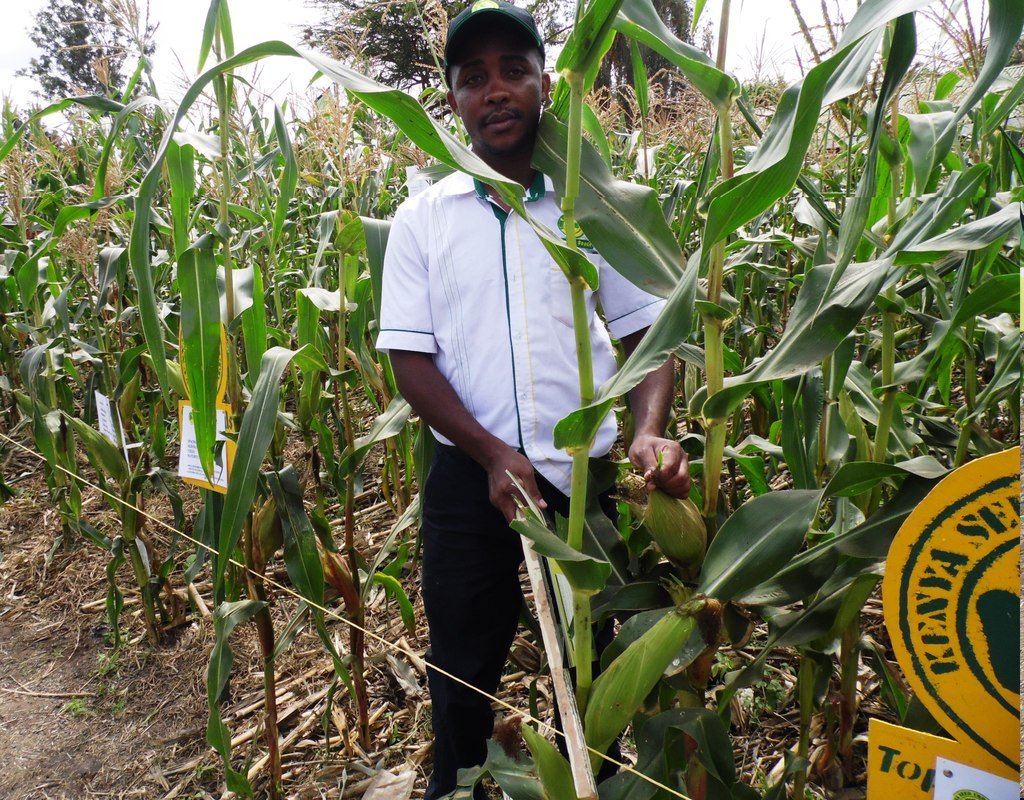An international agricultural research organisation has launched a cheap and easy to use device for detection of aflatoxin in harvests of cereals and seeds.
International Crops Research Institute for Semi-Arid Tropics (ICRISAT) scientist Anitha Seetha said the kit does not require technical skills in testing or interpreting outcomes, therefore, appropriate for every farmer.
Currently, aflatoxin tests are done by technicians in laboratories. It takes one day or more to get the result. But the easy to read kit gives results in 15 minutes.
“The device will contribute to manage and reduce the entry of aflatoxins in the food value chains, improve diagnosis for local and export trade and support the food processing industry to maintain low exposure levels in food products in our local markets as well as for export markets,” she said.
The kit will be available for farmers from October 2016, at a cost of Sh200.
Seeds and grains stored in damp areas or have not been dried to the required levels risk being attacked by the fungus, which is a deadly poison to animals and humans if ingested.
READ ALSO: Three layered bags stem post harvest losses, aflatoxin
When a test sample is subjected to the kit for test, a pink line confirms presence of the poisonous fungi. Two pink parallel lines show absence of the poisonous fungi, Dr Seetha said.
Dangers of aflatoxins
Food and Agricultural Organisation says a quarter of the global food sources are affected by the aflatoxins.
Kenya destroyed 155 metric tonnes of maize in 2014 after more than 120 people died of aflatoxin poisoning.
READ ALSO: Moisture meters tame aflatoxin poisoning in Uganda
Aflatoxins are poisonous chemicals produced by fungi attacking maize, groundnuts, cassava, chillies, sorghum, among other seeds and cereals.
Maize, Kenya’s staple food, is the commonest grain attacked by the fungi if it is stored in humid areas. Before storage, farmers are asked to ensure maize has been dried to less than 12 per cent moisture content.
Aflatoxins causes liver cancer, stunted growth in children, fluid retention, like urine, loss of appetite, reduced yields, among others.
It causes 100 per cent loss in cases of attack.

















Comments powered by CComment